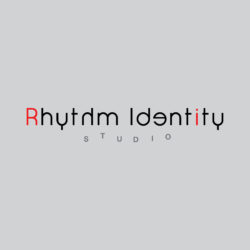Salsa is a dance form with origins from the Cuban Son (circa 1920s) and Afro-Cuban dance. It is generally associated with the salsa music style, although it may be danced under other types of music with an 8-count rhythm.

Salsa is a dance form with origins from the Cuban Son (circa 1920s) and Afro-Cuban dance. It is generally associated with the salsa music style, although it may be danced under other types of music with an 8-count rhythm.
In many styles of Salsa dancing, as a dancer changes weight by stepping, the upper body remains level and nearly unaffected by the weight changes. Weight shifts cause the hips to move. Arm and shoulder movements are also incorporated. The Cuban Casino style of Salsa dancing involves significant movement above the waist, with up-and-down shoulder movements and shifting of the ribcage.
The arms are used by the “lead” dancer to communicate or signal the “follower,” either in “open” or “closed” position. The open position requires the two dancers to hold one or both hands, especially for moves that involve turns, putting arms behind the back, or moving around each other, to name a few examples. In the closed position, the leader puts the right hand on the follower’s back, while the follower puts the left hand on the leader’s shoulder.
In the original Latin America form, the forward/backward motion of Salsa is done in diagonal or sideways with the 3-step weight change intact.In some styles of salsa, such as LA and New York style, the dancers remain in a slot or line (switching places), while in some Latin American styles, such as Cuban style, the dancers circle around each other, sometimes in 3 points. This circular style is inspired by Cuban Son, specifically to the beat of Son Montuno in the 1920s.
However, as it is a popular music, it is open to improvisation and thus it is continuously evolving. New modern salsa styles are associated and named to the original geographic areas that developed them. There are often devotees of each of these styles outside of their home territory. Characteristics that may identify a style include: timing, basic steps, foot patterns, body rolls and movements, turns and figures, attitude, dance influences and the way that partners hold each other.
The point in a musical bar music where a slightly larger step is taken (the break step) and the direction the step moves can often be used to identify a style.
At Dance Blaze, it’s Dance first, everything else comes second. Come join our free trial – which happens almost every month – and enjoy two hours of guided and exciting dance session with most attentive instructors.
No partner needed, no dance experience required, no dance shoes necessary. Just show up with comfortable attire, footwear, and a big smile on your face. We’ll take care of the rest.
Our mission at Dance Blaze is simple; to spread joy with dance. We want you to enjoy dancing. But much more than that, we want you to use dance to grow as individuals and improve other areas of your life.

In Rhythm Identity Dance Academy, we teaches Salsa both in On1 and On2 style. So what is Salsa?
© 2025 coursetakers.com All Rights Reserved. Terms and Conditions of use | Privacy Policy